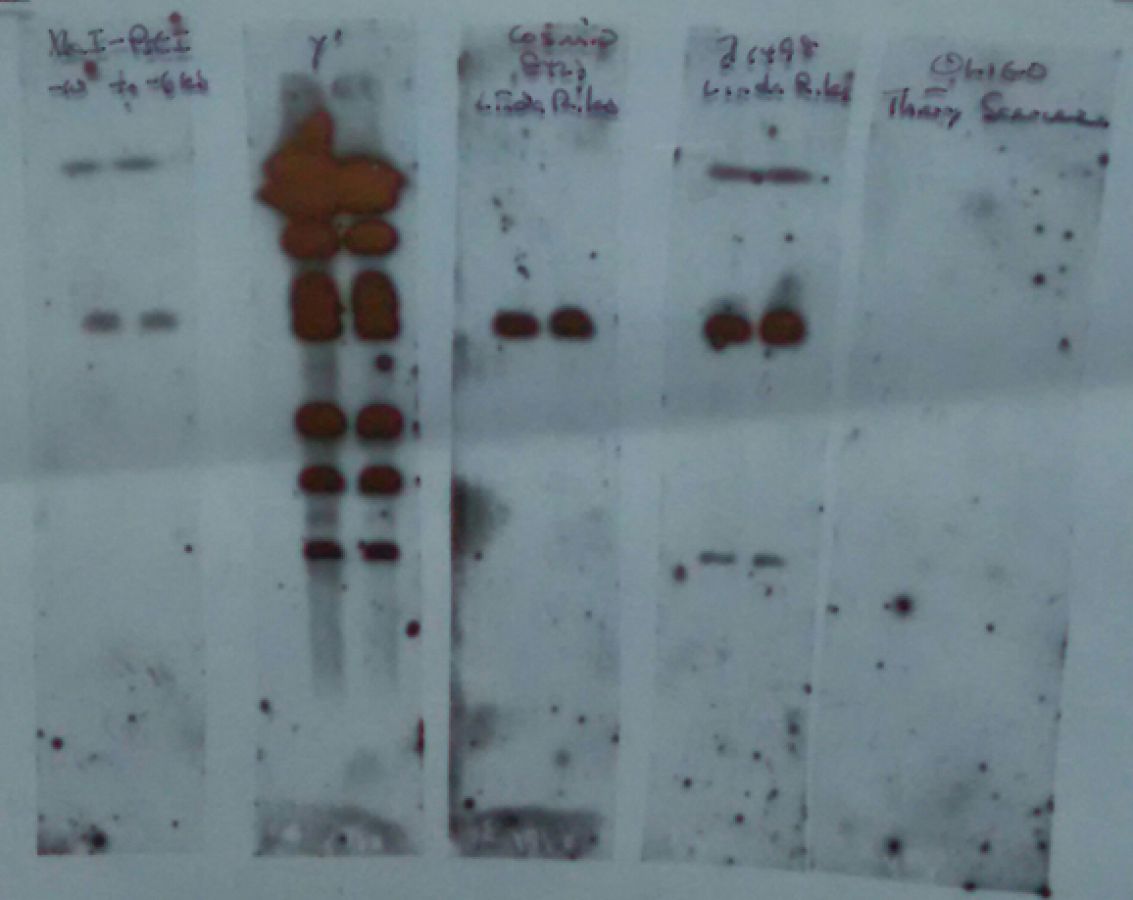The yeast telomeres
Media
Image

Blog content
Writing the history of the yeast genome project starting from the end, more precisely the chromosome ends, can be an instructive exercise. Chromosome ends (telomeres) are specialised structures essential for chromosome maintenance and genome stability. As yeast telomeres are similar in structure and function to the telomeres of the other eukaryotic organisms, the identification of the genes that determine their properties in yeast can help to better understand phenomena of genomic instability in other species, including humans.
However, cloning, mapping and sequencing yeast chromosome ends proved complicated. Telomeres and nearby regions (sub-telomeric) accounted for much of the sequence redundancy in the yeast genome and, due to their repetitive nature, it was difficult to assign a clone to a particular chromosome end. The European network that took part in sequencing the yeast genome decided to allocate the sequencing of the yeast telomeres to a single scientist, Edward J. Louis, who was already involved in the study of yeast chromosome ends. At the time Louis was working for the Institute of Molecular Medicine, John Radcliffe Hospital, Oxford, and his laboratory did most of the cloning and mapping, and part of the sequencing, for the European network. Due to its expertise, Louis became involved also in the yeast sequencing work carried out out of Europe. He corresponded with all the laboratories involved in the yeast genome project regarding the mapping, cloning and sequencing of the yeast telomeres, giving advice, checking progress, sharing clones.
The opportunity to consult his personal papers gave me an insight into the organisation of the international consortium that sequenced the yeast genome. Reading through fax, emails and laboratory notebooks, I became aware of the technical problems encountered by the contractors in sequencing the yeast telomeres and of the mutual relationships existing between academic laboratories and biotechnology companies involved in the project. Louis’ papers offered also a comprehensive overview of the project, as Louis was involved in all the stages of the European sequencing work, except for the pilot phase.
Giuditta Parolini, April 2017
Sequencing the chromosome ends in yeast. Image courtesy of E. J. Louis
